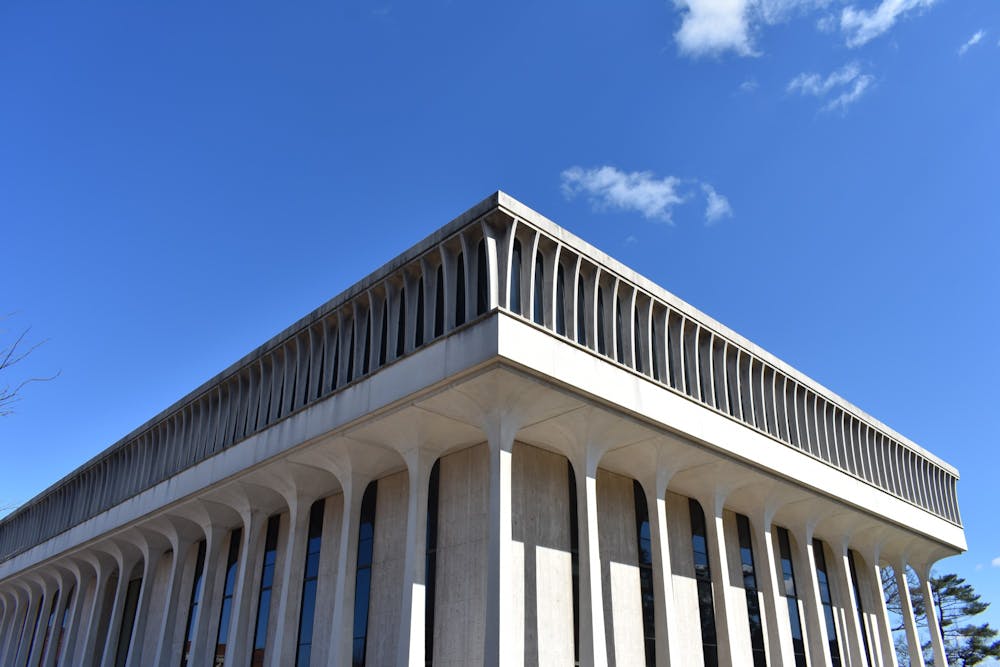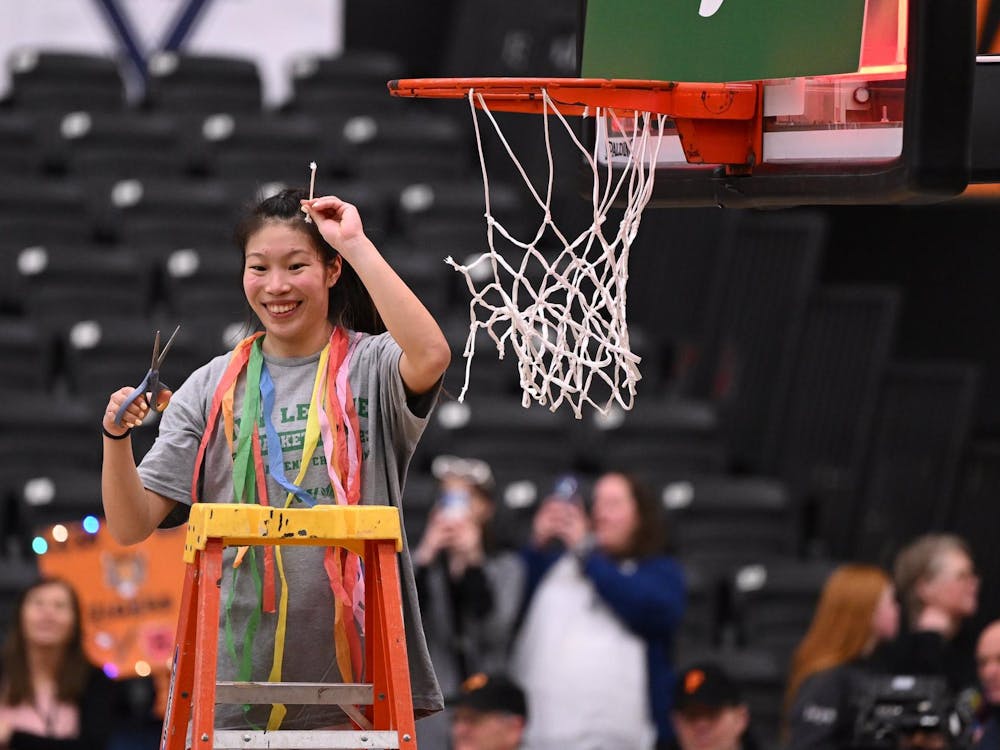A new report from the U.S. Crisis Monitor shows that despite disproportionate media coverage of lootings and violence associated with the Black Lives Matter (BLM) movement, an overwhelming 93 percent of BLM demonstrations this summer were peaceful.
The U.S. Crisis Monitor — a joint project between the University’s Bridging Divides Initiative (BDI) and The Armed Conflict Location & Event Data Project (ACLED) — assists political violence mitigation efforts by collecting and making public real-time data about civil unrest within the United States.
The team at ACLED, which tracks political demonstrations across four different continents, was looking to expand its scope to the United States when the University’s BDI reached out, asking to collaborate on a project indexing political demonstrations ahead of the 2020 presidential election.
BDI, which operates under SPIA’s Liechtenstein Institute on Self-Determination (LISD), seeks to mitigate political violence by gathering data and coordinating peace-building efforts.
Roudabeh Kishi, Director of Research & Innovation at ACLED, discussed how George Floyd’s killing shaped the group’s recent research.
“Very soon after we [embarked] on this project, George Floyd was killed, and we saw a huge spike in demonstrations. We were able to capture these trends because we had taken steps to start the project,” she told The Daily Princetonian.
Kishi acknowledged the challenges of cataloging political demonstrations and other activism, which surged over the summer.
“It took a lot out of the team because everything is coded by researchers. It’s not automated … but we made it work with support from BDI,” she said.
According to the report, “Between 26 May, the day after Floyd’s death, and 22 August, ACLED records over 7,750 demonstrations linked to the BLM movement across more than 2,440 locations in all 50 states and Washington, D.C.”
Disproportionate media coverage of violent protests, in addition to strategic misinformation campaigns, shifted public support away from the movement, particularly among white Americans, according to the paper.
As of September 2020, a Civiqs poll showed a net support of 10 percent for the BLM Movement among registered voters. But when narrowed to white respondents, the poll yielded a net 7 percent opposition rate.
The U.S. Crisis Monitor also reported that BLM demonstrators faced “government intervention” more often than protestors who assembled in support of other causes.

“Despite the fact that demonstrations associated with the BLM movement have been overwhelmingly peaceful,” the report notes, “more than 9 [percent] have been met with government intervention, compared to just 3 [percent] of all other demonstrations.”
The category of other demonstrations included protests against state lockdowns and other measures to prevent the spread of COVID-19.
In Portland, Oregon, and elsewhere, federal troops used excessive force and detained BLM protestors in unmarked cars.
The paper also highlighted the rise in non-state actors who attend BLM protests with violent intentions. The paper noted several car-ramming attacks on protestors in over 20 states.
“Since May, ACLED records over 100 events in which non-state actors engaged in demonstrations (including counter-demonstrations) — the vast majority of which were in response to demonstrations associated with the BLM movement,” the report stated.
One of ACLED’s partners, the research project and blog MilitiaWatch, tracks the increasing mobilization of right-wing militia groups. Managed by Hampton Stall, MilitiaWatch compiles data on U.S. militias by monitoring social media platforms and other chat forums.
Stall described the many types of militia groups, which range from local chapters interested in field training to those wishing to teach right-wing conservatism to more extreme groups that threaten violence. The last category, he said, were the hardest to track online.
Stall reiterated U.S. Crisis Monitor’s point about law enforcement’s friendly attitude towards militia groups. He cited unfortunate “staffing shortages” in many departments as a possible cause for pro-militia behavior.
In addition, Stall said that despite the militia groups’ seemingly contradictory stance on violence, they maintain a consistent internal logic. While many right-wing militia groups condemn destruction of property, they are not as troubled by law enforcement’s killing of Black citizens.
It comes down to whom the violence is directed against, Stall explained. Some militia groups see their work as “just violence” in protecting what they think deserves to be protected. In that way, members perceive police who respond to property violence as their allies, he added.
To reduce political violence across the U.S., the BDI team makes hand-coded, reliable data collected by ACLED available to 1,000 organizations that work within local communities. The groups vary from family-owned shops to well-resourced national organizations.
“They work on things like [mitigating] disinformation, building community, talking across political divides, non-violence, and addressing extremism,” co-director of BDI Shannon Hiller GS ’15 said.
One of their recent partners is Build Up, an organization founded by Helena Puig Larrauri GS ’09, that aims to stop online trolling. Build Up had reached out to BDI for assistance in identifying violent hot spots in communities that would benefit from their work.
As the teams work side-by-side, they are preparing for the challenges that Election Day will bring.
“It’s important to prepare for the fact that we likely won’t have an outcome on Election Day,“ Hiller said. “And I think one of the first messages is to share with folks that it can be okay that we don’t have a result on election night, and that the important part is to allow the full process to unfold.”
President Trump has amplified tension around the 2020 presidential election by hinting that he would dispute an unfavorable election result.
In reference to right-wing militia groups’ future intentions, Stall said, “I think they have an X on the first week of November.”
He pointed out that the election of a Democratic president could result in a more urgent mobilization of right-wing militia groups, which might feel galvanized by perceived political threats.
In preparation for the hard work to come, Nealin Parker GS ’09, SPIA lecturer and co-director of BDI, expressed optimism that Princeton students and other young people are joining the fight.
“The original beta of [the Bridging Divides] map came from a student in my class,” she said. “It was a first concept that we then could take to build out something bigger.”








